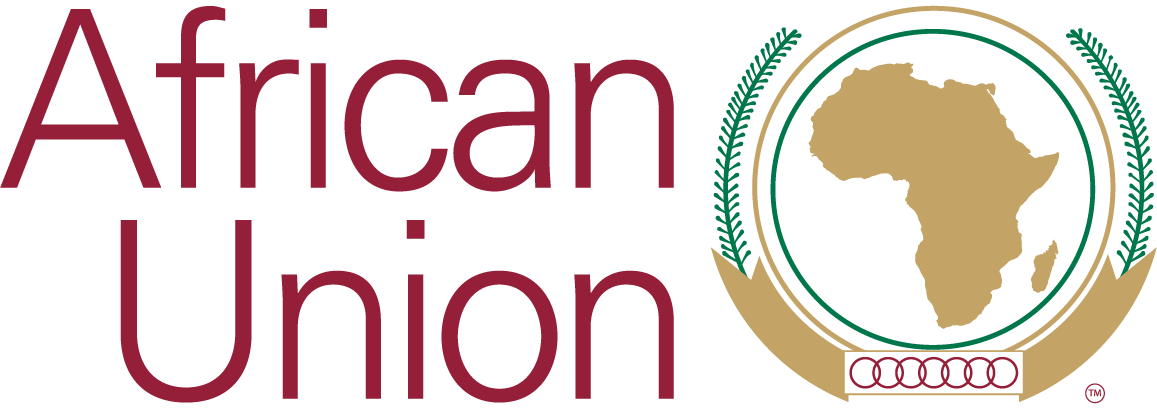Agriculture at the Centre of Uganda’s Push to Middle Income Status by 2020
Agriculture at the Centre of Uganda’s Push to Middle Income Status by 2020
The country targets to increase agricultural exports to US$4 billion and halve the labour force engaged in subsistence production from 6 to 3 million
Kampala, February 27, 2017 - Senior Ugandan Government officials on 27 February 2017 joined a team of private sector and development partners’ representatives for an intensive two-day meeting to develop a strategy to attract and increase investments in the country’s agricultural sector.
The meeting — organized in partnership with the Africa Union Commission and the New Partnership for Africa’s Development (NEPAD) Agency — reviewed the country’s Agriculture Sector Development Plan (ASSP) to identify opportunities for investment and to align it to the continental Comprehensive African Agricultural Development Programme (CAADP) whose biennial review Inaugural Report will be presented at the January 2018 AU Assembly.
Uganda’s national development blueprint, the National Development Plan (NDP) II, that aims to propel the country towards middle-income status with a per capita income of US$1,033 by 2020, places agriculture at the center of this bold ambition.
Speaking at the opening of the meeting, Pius Wakabi Kasajja, the Permanent Secretary in the Ministry of Agriculture reiterated that it is the Government’s goal to transform Uganda from a predominantly peasant and low-income country to a competitive upper middle-income country.
“We aim to transform agriculture in Uganda from subsistence to commercial farming. It holds the greatest potential for attaining inclusive economic growth, employment creation and boosting local, regional and international trade,” said Mr. Kasajja.
Agriculture is still a major force to Uganda’s poverty reduction, economic growth and economic development. The sector’s contribution to economic development remains strong with agriculture contributing 24 percent of the national GDP and 52 percent of total exports earnings in 2015/16.
The sector is expected to contribute to wealth and employment creation through implementation of actions for the value chain development of twelve priority commodities, namely: bananas, beans, maize, rice, cassava, tea, coffee, fruits and vegetables, dairy, fish, livestock (meat), and four strategic commodities, namely, cocoa, cotton, oil seeds, and oil palm.
Over the NDP-II period, the Government of Uganda (GoU) is targeting to increase agricultural exports to US$4 billion by 2020 from the current USD1.3 billion and halving the labour force engaged in subsistence production from six to three million.
The meeting in Uganda is the third to be held in the continent after Nairobi, Kenya in December and in Abuja, Nigeria last week as part of revamping the National Agricultural investment Plans (NAIPs) linked to the CAADP (Comprehensive Africa Agriculture Development Programme) process. Similar meetings will be held in Ghana, Rwanda, Ethiopia and Senegal in the month of March.
Speaking on behalf of the AUC’s Commissioner for Rural Economy and Agriculture, Ernest Ruzindaza, the AUC-CAADP Team Leader, noted that the NAIPs are the central tool for implementing the AU’s CAADP, as they translate continental and country aspirations into an evidence-based plan with clear targets, budgets and mutual accountability. The NAIPs are also key to realising the ambitions of Africa’s Agenda 2063, a detailed 50-year framework for transforming African economies through inclusive growth and sustainable development.
“We all have a key role to play in energising the agriculture sector in Uganda in a bid to ensure food security in this country, create employment and accelerate the growth of the country’s economy,” said Mr. Ruzindaza.
The CAADP Malabo commitments include increase public sector spending on agriculture while embracing reforms that will attract more investments from domestic and foreign private sector. Uganda is one of the countries that embraced it in 2003; it was later reaffirmed and expanded at the 2014 AU Summit in Malabo, in Equatorial Guinea.
Other participants at the Meeting include representatives from the Japanese International Cooperation Agency (JICA), the United States Agency for International Development (USAID), the Food and Agriculture Organization of the United Nations (FAO), International Fund for Agriculture Development (IFAD), the Alliance for Green Revolution in Africa (AGRA) and International Food Policy Research Institute (IFPRI). Also in attendance are regional government officials, private sector and civil society groups that work around agriculture business in Uganda.
For more information, please contact:
AUC: Ms. Carol Jilombo at Jilomboc@africa-union.org or +251 927 171 908
AGRA: Waiganjo Njoroge at WNjoroge@agra.org or +254 723 857 270
For further information contact
Directorate of Information and Communication | African Union Commission I E-mail: DIC@africa-union.org I Web Site: www.au.int I Addis Ababa | Ethiopia
Follow us
Face book: https://www.facebook.com/AfricanUnionCommission
Twitter: https://twitter.com/_AfricanUnion
YouTube: https://www.youtube.com/AUCommission
Learn more at:












